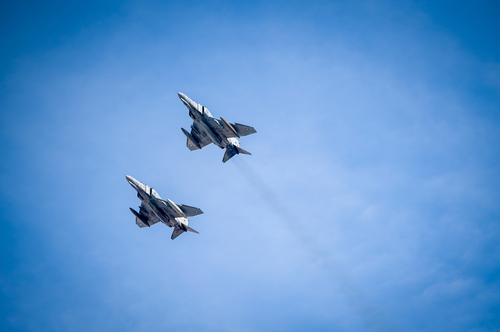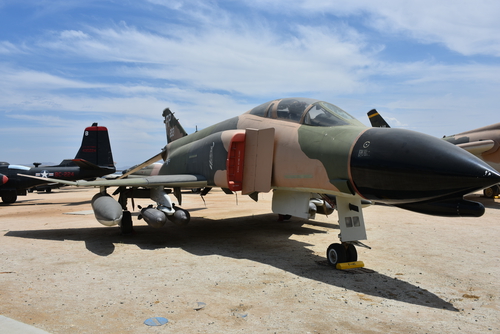
In January 1967, during the height of the Vietnam War, the skies above North Vietnam became the stage for a remarkable episode of aerial warfare known as Operation Bolo.

This operation, which turned the hunter into the hunted, stands as a testament to the strategic ingenuity of the United States Air Force and the lethality of the F-4 Phantom II.

Operation Bolo’s genesis can be traced back to the preceding of 1966 when the US Air Force’s F-105 Thunderchief, affectionately called the “Thud,” struggled against the nimble North Vietnamese MiG-21s.

The Soviet-designed MiG-21s, with their all-weather capability and air-to-air missiles, were proving to be formidable adversaries, especially against the heavily laden F-105s tasked with ground strike missions.

North Vietnamese pilots employed guerrilla tactics in the sky – utilizing the element of surprise, they engaged in swift and lethal encounters before disappearing into the clouds or low altitudes where radar had trouble tracking them.

In light of these challenges, Col. Robin Olds, a decorated ace with a reputation forged in the skies over Europe during World War II, and his fellow officers devised a cunning plan.

They would use the Air Force’s F-4 Phantoms as bait, mimicking the F-105’s flight patterns to lure the MiG-21s into a trap. According to the Lyon Air Museum, the F-4s were to “employ ingress routes, altitudes, speeds, formations, call signs, and communications jargon typical of an F-105 strike package.”

As the trap was set, F-4 flights approached from both east and west of Hanoi. The North Vietnamese took the bait, scrambling their MiG-21s to intercept what they thought were vulnerable Thunderchiefs.

However, the superior air-to-air capabilities of the Phantoms, coupled with skillful flying and the use of Sparrow and Sidewinder missiles – despite occasional malfunctions due to tropical weather – proved decisive.

The engagement was swift and devastating. In a matter of minutes, the F-4s achieved air superiority, downing at least seven MiG-21s without a single American loss.

This remarkable victory accounted for roughly half of the North Vietnamese MiG-21 fleet and forced the withdrawal of these aircraft for several weeks, providing crucial breathing space for US forces in the region.

The success of Operation Bolo reverberated far beyond the immediate tactical advantages. It demonstrated that the Americans could indeed dogfight and that innovative battle planning, combined with audacious leadership, could yield spectacular results.

The F-4 Phantom, already respected for its versatility, earned a new level of repute among friend and foe alike. For Olds, who later became a “triple ace” and earned four Silver Stars, Operation Bolo stood out among his wartime experiences.

The aftermath of Operation Bolo continued to shape US air combat doctrine, serving as a valuable case study in deception, and adaptability.

The encounter would also influence the design and doctrine of future US fighter aircraft, emphasizing the importance of air superiority and versatile engagement capabilities.
